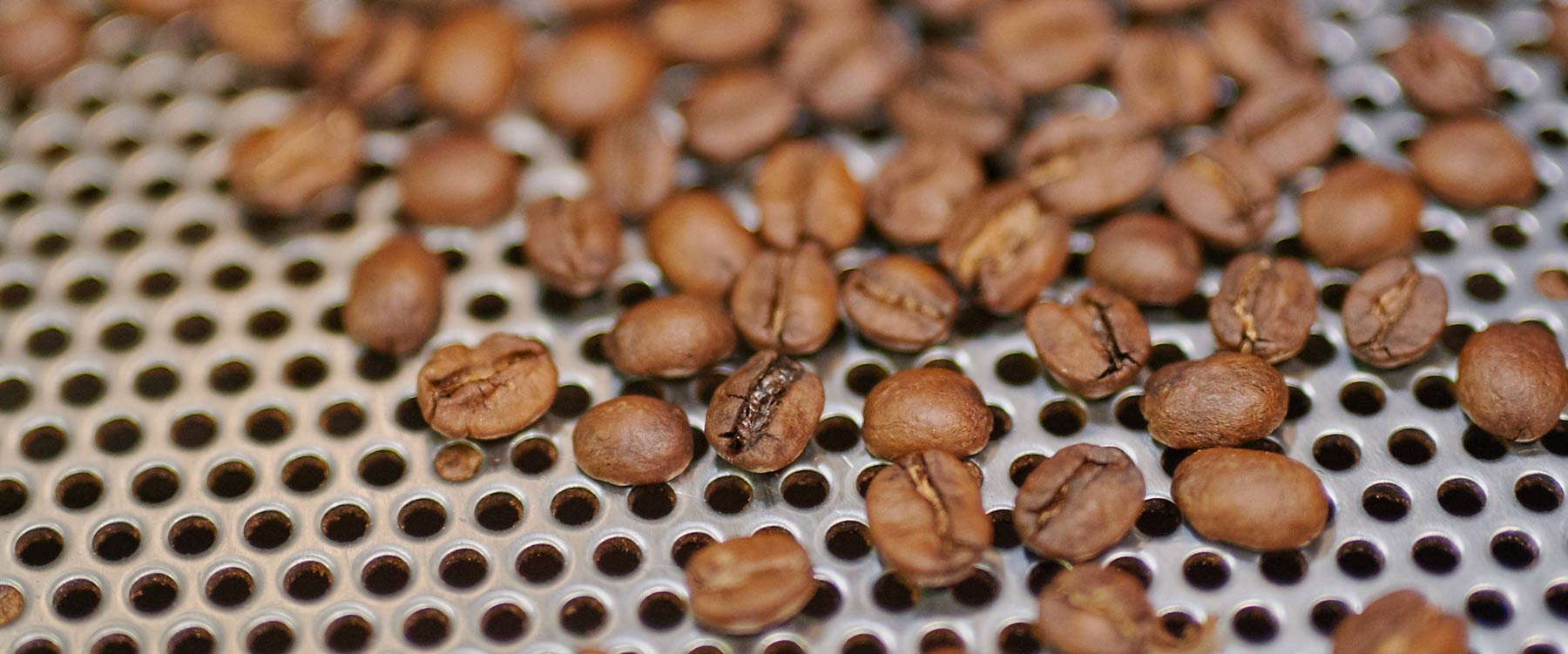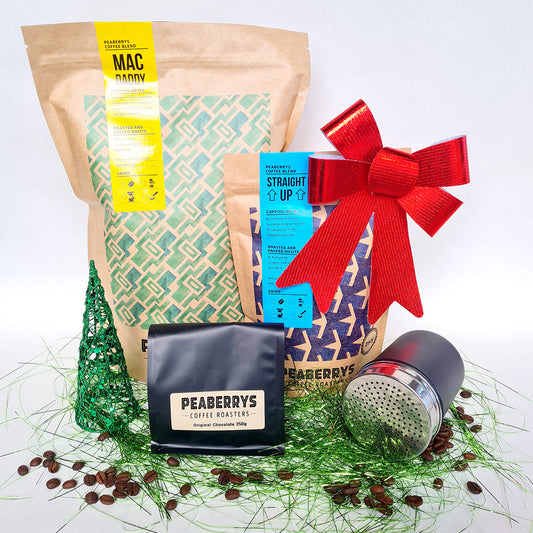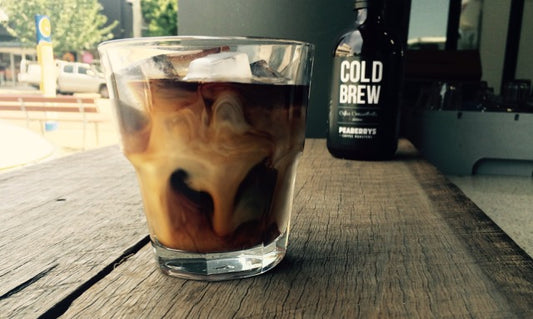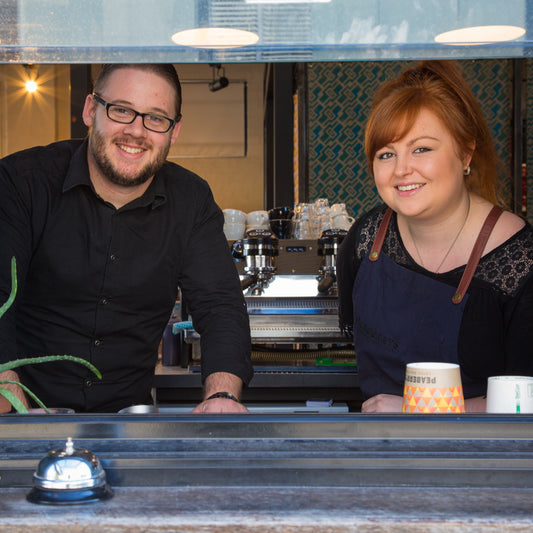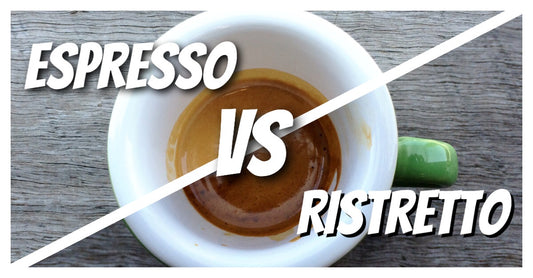The process of transforming a green bean into its nice brown, drinkable stage may seem simple – you just apply heat, right?
Think again! There is so much more that goes into roasting coffee than meets the eye.
The roasting process itself and the variables involved alter and change the way a cup of coffee tastes. I sat down with Peaberrys Coffee Roasters’ Founder and Coffee Roaster, Adrian Rigon, to find out why some coffee beans appear darker than others and how roasting can change the flavour of your favourite cup of coffee.
What are the different types of roast?
There are four main types of roast and these largely depend on how long the coffee is put through the roaster for and at what temperature:
- Light roasts: the beans are lightly roasted and removed after the first crack takes place (the coffee makes a cracking sound caused by the increase in the heating rate of the coffee, followed by a rapid decrease and then increase again). Lightly roasted coffees have a milder flavour associated with its original location.
- Medium roasts: slightly deeper brown, medium roasts usually have a fuller body.
- Medium-dark roasts: beans have more oil than the light and medium roasts and have a more full-bodied flavour.
- Dark roasts: shiny with oil and dark in colour, these beans have a strong profile. The taste of these beans is often slightly bitter.
What variables impact the roasting process?
One of the best ways to understand coffee roasting is to think about steak. There are so many types (T-bone, rump, etc.) and ways to cook each steak – on the BBQ, in the frying pan and to a rare, medium-rare or well done profile. Roasting is similar – we’re trying to achieve the right flavour and texture for a coffee blend or single origin. There are just a few more variables involved in coffee roasting that impact the final result.
When it comes time to roast a bean for a blend or single origin coffee, we start with the flavour and roasting profile we want to achieve. The degree of heat that is applied at the beginning of roast and throughout different stages of the roast, the temperature of the air moving through the roaster and the application of air into the roasting environment, and the speed that the drum is spinning at will each affect the final result of the roast. The actual roaster size and type itself also impacts the approach and result.
We’re all about consistency at Peaberrys, so we work hard to create a roast profile that fulfils our coffee goal and then use the same profile to produce the right result each time (unless variables require a change to the roast process to produce the best result).
Does the bean impact the roast?
It certainly does. It’s not just about putting the beans in the roaster and roasting them the same way; there’s a lot more to it than that.
The moisture content, processing method, bean density, physical size of the bean and the species (whether it is arabica or robusta) each affect the way the bean is roasted and the type or roast (light, medium, medium-dark and dark) we look to achieve.
There you have it. Next time you drop into your local cafe or pick up a bag of your favourite coffee beans, take a look at the colour of the beans and take note of the flavour. One cafe’s Brazilian might taste vastly different to another’s, and one of the reasons for that will be the way the beans are roasted.
If you’d like to find out more about the process that goes into a bag of Peaberrys beans, drop in to our coffee cellar door. You’ll often find us roasting on the micro roaster right next to our cafe tables.

